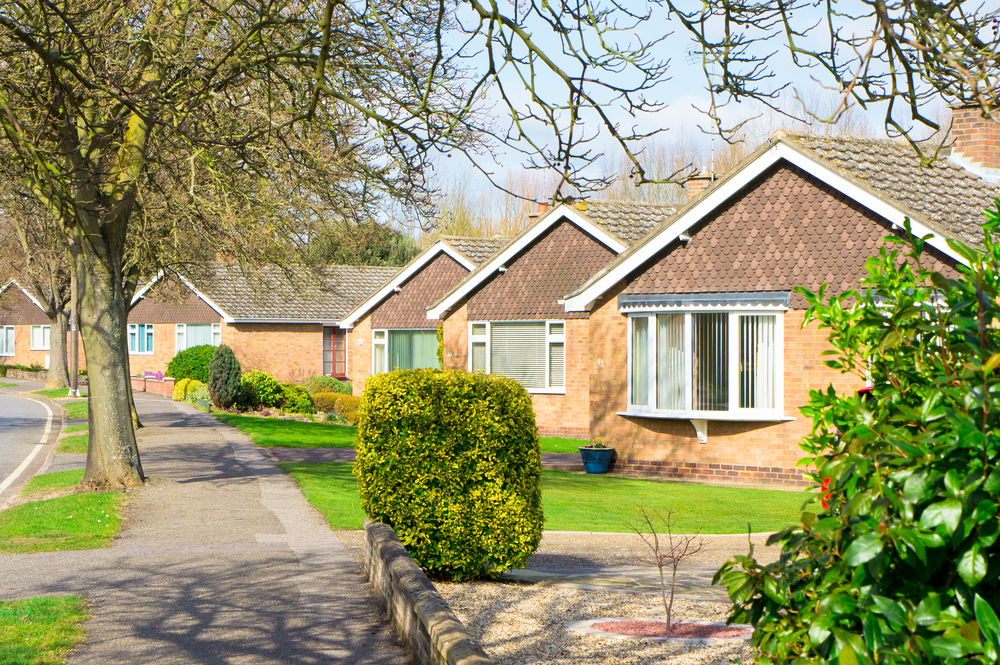Europe’s healthcare systems are largely state funded and acute focused and yet the demographic time bomb that faces every Country is about long term care, ageing and chronic disease. So our health systems are antiquated (mostly created 70 years ago) for modern demands. To make things worse, they are unaffordable. Less than a handful of countries in Europe run a surplus on their healthcare systems. Most are under severe funding pressure. All this has impact to the real estate from which the sector operates. In addition, Technology and the steady march of R&D bring new dynamics and opportunity to the sector in the way that heath services are delivered. Technology alone has the potential to transform healthcare and how it is provided. Consider mobile telephony, it has changed the way we live and modernised communications in the developing world within a decade. It is now a possible platform for major changes in the way healthcare is delivered.

Shutterstock/wavebreakmedia
Science and genomics will create a populous far more knowledgeable of its health frailties than previous generations, while Pharmacogenomics will enable targeted drug treatments and drive preventative medicine. We will embrace digitized health. ‘Wearables’ will provide us with our constant wellbeing, big data will benchmark and predict future health needs and treatments and the age of the networked laboratory is near at hand. In just a few short years, we will commonly speak to our GP’s and go through simple diagnosis from our own home and as a result largely self-administer pharmacy needs. The technological advancement of healthcare has few limits. So what could all this mean for the existing healthcare services & markets of today and the real estate assets they operate from. It is easy to fear the future and to worry about change and obsolescence. However, Healthcare surely is insulated from these issues. To me, there is a two tier, but not necessarily divergent, future from a real estate context.
First, the numbers definitely stack up for Investors. Most countries have an under supply of services and beds in almost all aspects of health provision, but specifically in hospitals and residential care settings. No amount of development can keep pace with the demographics of ageing given the current supply / demand imbalance. So existing markets should only see increased demand, despite a need for modernisation of some existing stock.
Second, I see an exciting future in terms of how we should live and how we must procure health services. The patchwork quilt of how health is delivered across Europe is in part the opportunity to take best practice to different Countries, and develop it where there is a need for that provision. Increasing demand for localised services, building the health estate of the future and importantly developing housing formats that attract and work for an increasing elderly but choice driven population and which contributes to their wellbeing and fosters health are all enticing prospects.

Shutterstock/Tom Gowanlock
Whatever we imagine as our healthcare future will likely underwhelm against reality. The world will change at pace and as real estate investors, healthcare operators and public bodies, we should collaboratively embrace change and work together to foster current services and create the healthcare estate of tomorrow. The future looks bright, full of opportunity and exciting for Healthcare real estate investors.
Top image: Shuuterstock/Steve Design



